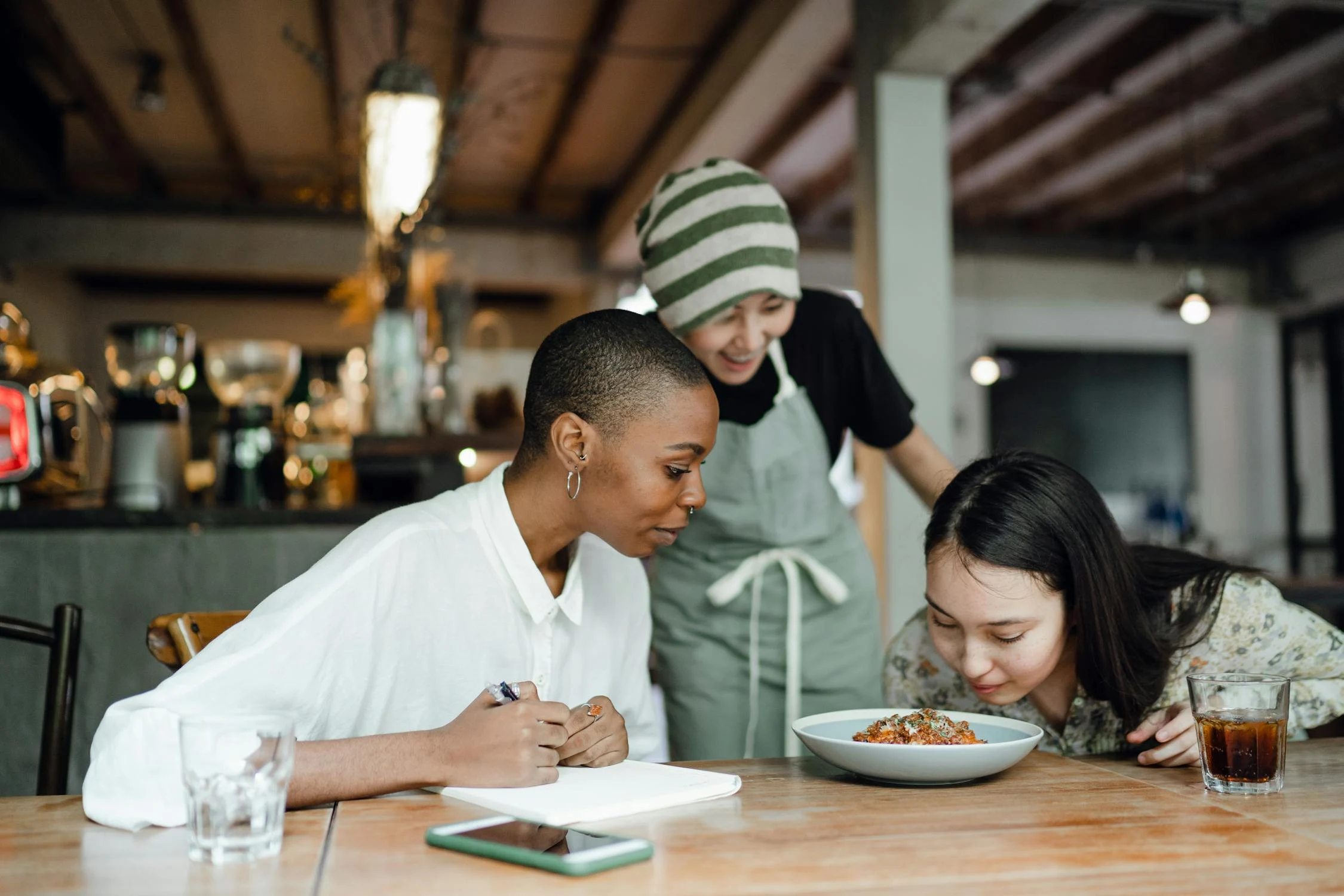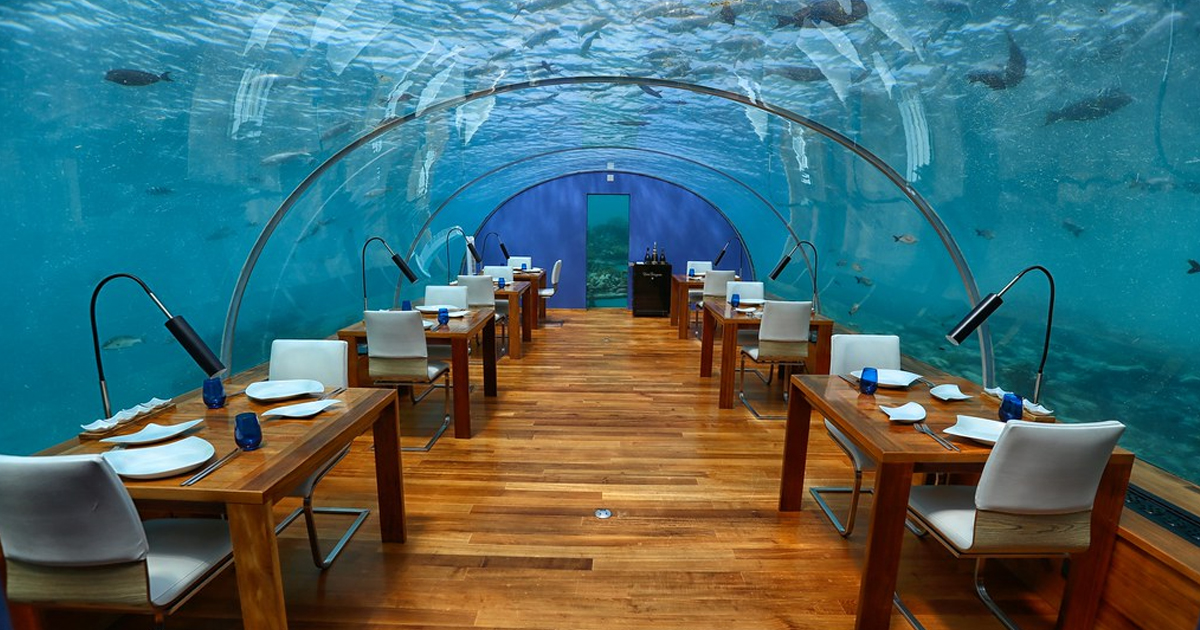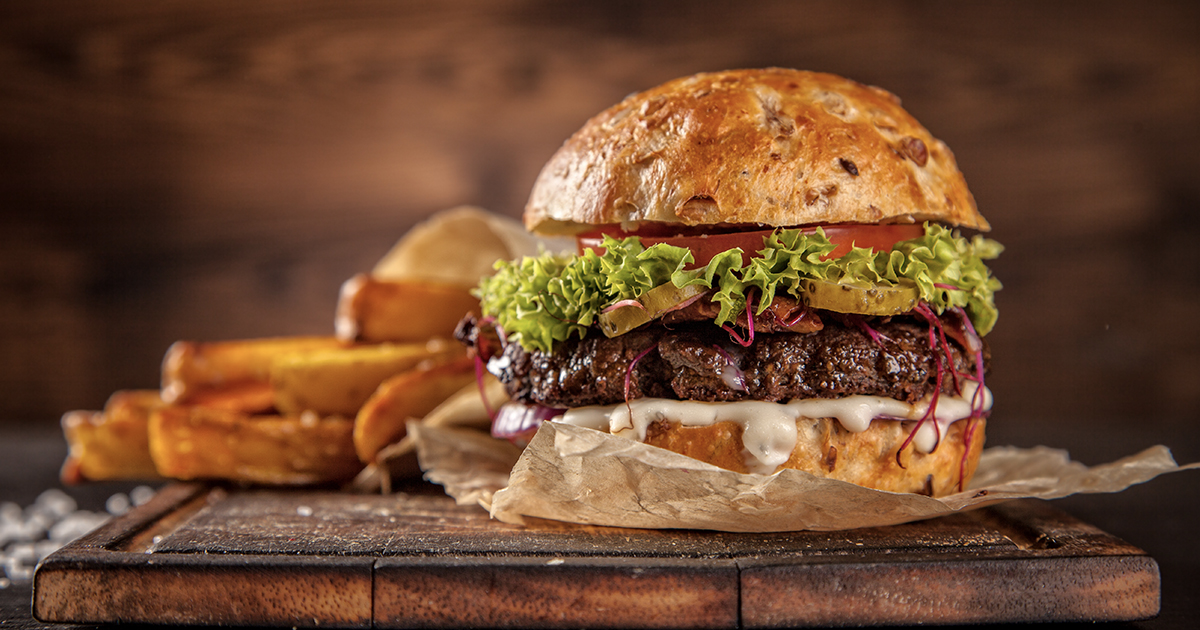Developing and maturing your taste buds is not a practice that only food critics and experts in the culinary field do—anyone can enhance their palate through practice and awareness. By trying out basic methods and being open to different flavors, you can unlock a whole range of delightful sensations.
Be mindful
To begin improving your taste buds, make a conscious effort to be aware of your food. Fully savor each bite, focusing on the flavors, textures, and scents. Shut your eyes to enhance your concentration. By staying engaged, you'll discover nuances you may not have noticed previously.
Be open
To effectively expand your palate, try new meals regularly. Keep an open mind and try foods from different cultures. Visit ethnic restaurants, take part in culinary events, or experiment with new items in your cuisine. Your palate will get increasingly varied the more diversity you eat.
Be attentive
When you taste something, pay attention to the distinct flavors. After every taste, consider the flavor. Think about whether it tastes umami, sweet, salty, sour, or bitter. You may train your taste buds to recognize and appreciate each component of the food by focusing on only one taste at a time.
Be diverse
The eating experience can be improved by combining food and drink. Try out different combinations to see how they complement or contrast with one another. To balance the flavors of a spicy meal, pair it with a sweet wine; likewise, enjoy a creamy cheese with a crisp apple to create a tactile contrast.
Be a participant
To improve your palette, challenge yourself to identify different flavors in food or participate in blind-tasting tests. Participate in various open studies and expose yourself to new recipes and formulations.
Be reflective
Document youry tastings in a journal. Write down your thoughts and notes on different types of food and combinations of flavors. By doing this, you'll start to notice patterns and preferences that can guide your future dining experiences.
Be receptive
And last but not least, never be afraid to seek out other people's opinions. As you eat with your friends, discuss the flavors and textures. You might discover information that you missed on your own.














